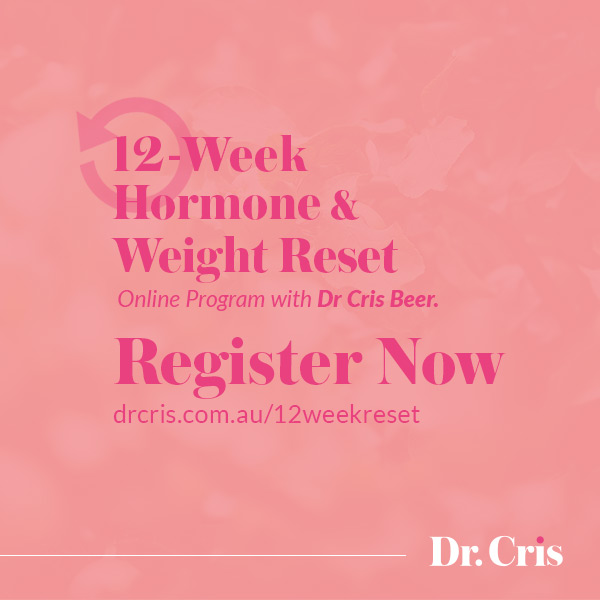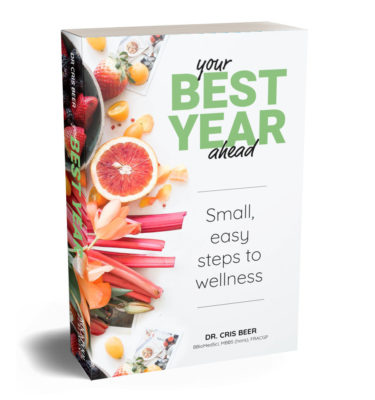Reading Food Labels can be confusing but can be made easier by following a few basic principles.
There will be three components to the food label on the sides or back of food packaging
- Part of the food label is called the nutritional panel. This covers information about the Calories, macronutrients, salt (sodium), as well as occasionally listed vitamins. Avoid looking down the column that states ‘per serving’ as this can be deceptive. Some products will contain many serves per packet so you may eat the whole packet without realising that you have eaten two, three, or more serves in one go and essentially all the calories, fat, sugar etc. to go with it. Instead look at the column that states ‘per 100g’ as this is the common comparator column between all products. Choose products that:
- Contain less than 5g per 100g of total sugar
- Contain less than 5g per 100g of saturated fat
- Contain nil trans fats (more about trans fats later)
- Contain less than 120 mg per 100 g of sodium
- Often just underneath the nutritional panel is a list of potential allergens that may be found in the food product due to direct ingredients or due to the way the food was processed, for example, ‘may contain nuts, dairy, gluten etc’. If you are allergic or intolerant to these common food allergens then this is typically where you will find this information.
- Thirdly, there will be a list, in order of amount added, of the ingredients of the product. Keep in mind that if the first three ingredients listed are sugar, fat, or salt avoid that product. It is likely to be a highly processed, energy-dense food item that will not be the healthiest choice. When reading the listed ingredients look out for and avoid the following:
Flavours – these are added to enhance the flavour of products. For a full list of artificial flavours to avoid see the appendices. One to mention is MSG, which has been linked to various health concerns in MSG-sensitive individuals including behavioural changes, headaches, nausea, dry mouth and irritability. This could either be labelled as ‘flavour enhancer 621–635’ or as glutamate, monosodium glutamate, textured vegetable protein, hydrolysed vegetable protein, yeast extract, gelatin, sodium caseinate, calcium caseinate.
Colours – these are added to enhance the colouring of foods, the worst being sunset yellow (number 110) and allura red (number 129).
Preservatives – these are added to help foods keep for longer and include benzoates, sulphites, sorbates, nitrates, nitrites, antioxidants, and proprionates. Some individuals are very sensitive to these, particularly sulphites in those who are asthmatic. Once again, for a full list of preservatives to watch for refer to the appendices section.
Artificial Sweeteners – products that state ‘diet’ or ‘sugar free’ often contain artificial sweeteners. Many artificial sweeteners have some known potential side effects including headaches, dizziness, nausea, diarrhoea, abdominal pains, and other as yet unknown side effects. Artificial sweeteners are also known as aspartamine, sucralose, and phenylalanine. Choose instead products sweetened with stevia or xylitol or small amounts of honey, rice bran/malt syrup, agave syrup or molasses.
Trans Fats – trans or hydrogenated fats and partially hydrogenated fats are man-made fats used to increase the shelf life of a product. These are known to be directly linked to heart disease and need to be avoided. Products that contain this type of fat include margarine, shortening, and most store-bought peanut butters. They are found in almost every item in the middle of the supermarket as well as the bakery section, where all the shelf-stable pastries, biscuits, cakes, pies, doughnuts, crackers, breakfast cereals, commercial salad dressings, rolls, muesli bars and packaged foods lie. Avoid these parts of the supermarket as you will be hard pressed trying to find products that do not contain trans fats. Keep in mind in Australia food labelling is to some degree self-regulated meaning that food companies may omit ingredients that make up a very small percentage of a food, they make slightly misleading health claims, and may not make it obvious when a food contains harmful food items such as trans fats. To this degree try as best you can to avoid pre-prepared and packaged foods and instead stick to fresh foods and make your own from scratch as much as possible.
#healthyhabits #healthyliver
Dr Cris
Holistic Medical Doctor, Author ‘Healthy Habits, 52 Ways to Better Health‘ and Healthy Liver



